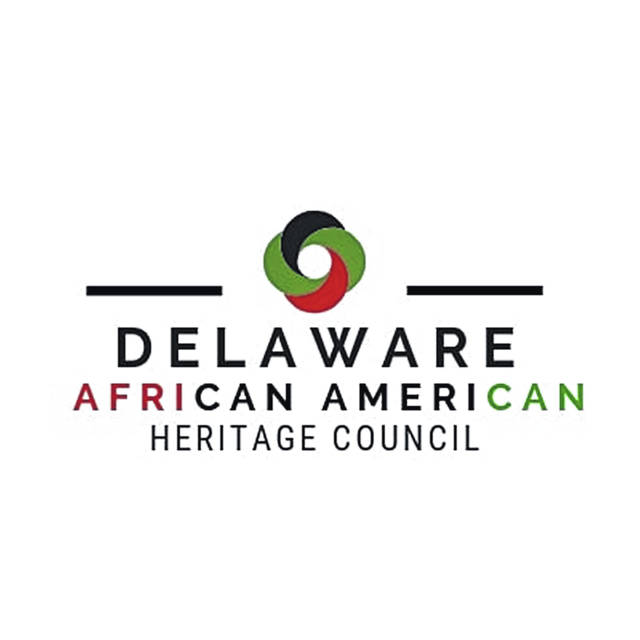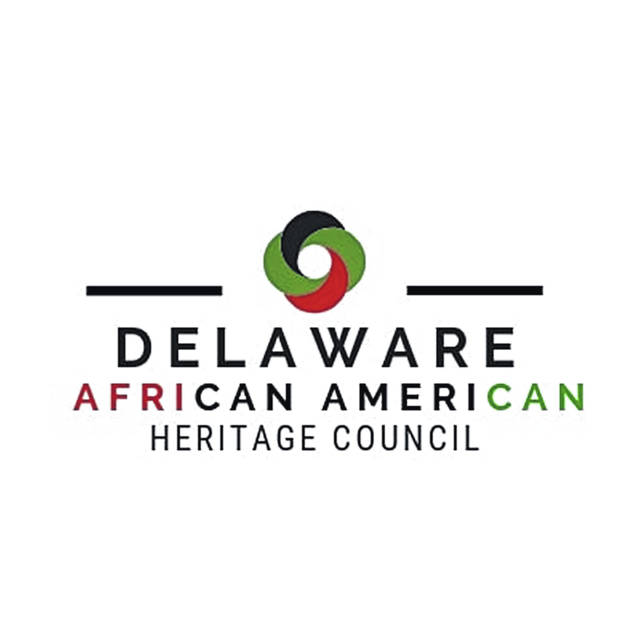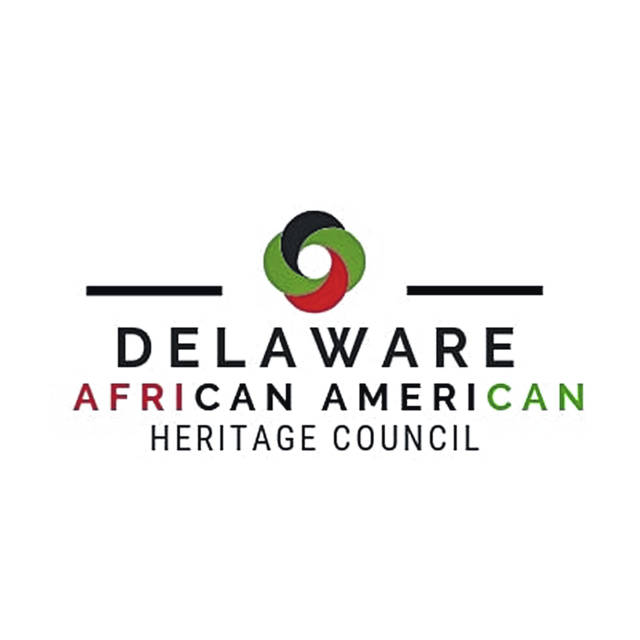


The Delaware African American Heritage Council held a discussion Thursday night aimed at creating a dialogue for change with Delaware County law enforcement leaders.
The talk, titled “Erasing the Line, Establishing the Trust,” was held over Zoom and streamed to Facebook Live. It was moderated by Dr. Adonis Bolden, assistant principal at Hayes High School, and Carlos M. Crawford, a local attorney.
“Thank you for joining us for the first of what will hopefully be many other necessary conversations surrounding the topic of social justice, police brutality and reform,” said Bolden during his opening remarks.
During the conversation, Bolden and Crawford interviewed City of Delaware Police Chief Bruce Pijanowski, Delaware County Sheriff Russell Martin, and Delaware County Sheriff’s Deputy Brian Carter about law enforcement policies related to use of force, racial discrimination and accountability.
“While it is undeniable that our country is reeling in the wake of protests surrounding the unjustified killings of George Floyd, Breonna Taylor and Ahmaud Arbery, Delaware has been gifted with the unique opportunity to work collaboratively and engage with the problem-solving process with several local law enforcement agencies,” Bolden said.
After introducing himself, Pijanowski said he’s glad to be part of the conversation and is passionate about connecting to the community.
“I welcome this conversation,” he said. “…This is not a job to me … This is a calling for me. This is my city, and I care about this city and I pass that down to everyone at the Delaware Police Department. We are not an occupying force in Delaware, we are partners and resources for this community … We can start in Delaware to have these understandings and set the example for the rest of the state of Ohio.”
One of the first questions posed by the moderators centered on how much community input is involved in policy making at the two departments.
Martin said the sheriff’s office’s policies are typically derived from a variety of peer organizations like the Ohio Association of Chiefs of Police and other organizations to create policies that “are considered best practices nationwide,” and the office is lacking community input in that regard.
“There’s a gap there,” Martin said. “I can’t tell you today that when we sit down and build our strategic plan that we have somebody from the community involved in that process.”
Pijanowski said the police department uses a similar policy manual to the sheriff’s office, but the police department has sought public input on certain department policies, including use of force. He said those discussions came about because the department was seeking “front end accountability” rather than reviewing a policy after something bad happens. Pijanowski added that two years ago, the police department welcomed the community to engage in several nights of discussion and feedback about the department’s use of force policy.
“We should have the community look at our policy and tell us what they like and don’t like, and have a little better understanding between community and police about what that policy is,” Pijanowski said. “We always invited feedback after that. It’s a good opportunity for two-way dialogue. You can’t manage a police department by policy alone. We need really good policy, and we need policy that our community believes in and understands … It’s a long road, but we’re committed to it.”
Martin and Pijanowski said neither of their departments have a citizen review board, but they would consider creating a role for qualified citizens in advisory capacities.
Pijanowski said his department has seen a lot of good with outreach events like Coffee with a Cop or the basketball camps, adding his officers know a relationship with the community is critical.
“Every opportunity you have to engage with the public is important,” Pijanowski said. “You keep pushing a flywheel. The more you push it, the more you build relationships and the more you come together and collaborate and teamwork and solve problems. There’s always value in those things … I’ve challenged (this department) to connect with this community. I push that message. I push that we need to be the best … That’s the culture we’ve instilled and part of that is being responsive to our community. (Our officers) understand importance of engaging with community … I think we need to harness the momentum of this event and keep having these conversations so we can solve some of these problems.”
On the subject of strangleholds, both officials said they do not train officers in those techniques.
Crawford also asked Pijanowski how his department handles racially biased policing. Pijanowski said that biased policing, especially racially biased policing, is strictly prohibited in the department.
“We have a duty to report if you notice anything in that regard from another officer,” Pijanowski said.
Martin was asked about the DCSO’s use of body cameras. He said his office does use body-worn cameras, and it’s shown him that his deputies are “responding appropriately.”
The cameras have “been good for office and community,” Martin added.
Both officials also said the vast majority of their staff have undergone Crisis Intervention Training to learn to effectively de-escalate a situation.
Carter said that the sheriff’s office is making strides towards diversifying under Martin’s leadership, and talking about the issues does help to come up with solutions.
“I’m optimistic,” Carter said. “I honestly believe with time we’re going to be able to have more dialog and see results that better the community at large and have the open dialogue that’s needed tremendously in this environment … It’s going to benefit us to have input from everyone.”
Bolden asked the officials about the impact that police unions have on police discipline and reform.
Pijanowski said that while he has a good relationship with the police union and has been able to work through his issues with them, the question still raises a “valid concern.” Pijanowski and Martin expressed their frustration that during arbitration involving the union and their departments, a union arbitrator is brought in, often from out of state to take part.
“I want someone locally who understands what’s important to us locally to be judging the local police department, and right now the system isn’t set up that way,” Pijanowski said. “That’s set up in the Ohio Revised Code, so that’s something that has to be dealt with at the statehouse.”
Martin said he’s been a law enforcement officer in the county since before there was the union, and he has seen both sides of the union environment. He added the union has improved wages, recruitment and retention, but he agreed about outside arbitration.
“I’m certainly an advocate for local control,” Martin said. “I think it’s critical that in matters of arbitration there should be ‘some skin in the game’ by those people who decide those issues, whether it’s discipline (or) termination. It sometimes is difficult to navigate when an arbitrator comes in who has no ties to the community who will determine what the final outcome is if there’s an impasse between management and the union.”
Crawford and Bolden thanked the three law enforcement professionals for participating in the discussion.
“I believe all our guests answered questions honestly and thoroughly, and didn’t avoid any of the tough questions asked here today,” Crawford said. “We want to thank you for honest responses.”
The entire conversation can be found on the Delaware African American Heritage Council’s Facebook page. After the event, the council stated the conversation was “the first step,” and it will be posting more updates on its page in regard to ways to stay involved in the future.


